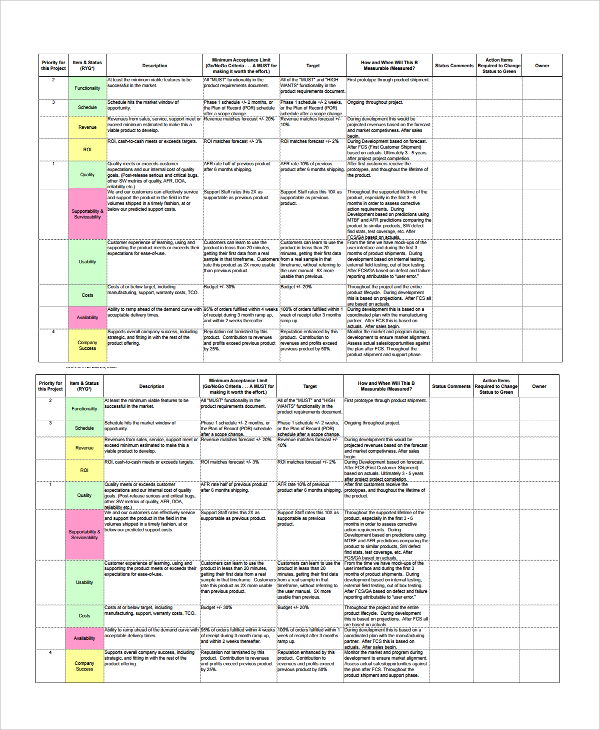
business valueĪnother useful classification factor is the level a project contributes to your company’s finances or its competitive position. Was it just IT that was involved or were other departments like accounting, sales or logistics also part of the team? The longer the list of stakeholders, the higher the presumed complexity of a project.

At my previous company we simply looked at the number of functions involved in the project.

There are many ways to measure complexity. The question you probably ask yourself is: How can you measure project complexity? It is the complexity of a project that determines the level of risk and greater risk requires more oversight and control. I highly recommend you use some key figure for project complexity.

CLASSY STUFF PROJECT MPORTFOLIO CLASSIFICATION UMICH SERIES
For good reason because a series of unsuccessful projects can quickly drain the financial resources of a business. Cost is what management is most concerned about after the actual project goal. Usually used in combination with project duration (schedule) because a long schedule doesn’t necessarily tell you about the budget volume (although schedule and budget are correlated). Get my project templates – including schedule, budget, risk log and more! budget Longer duration correlates with more resources being needed, higher expenses, more room for error and consequently greater risk of failure. The project duration is a good indicator for the size and impact. Here are some of the most common classification criteria used by companies: What are good classification criteria for projects? You may have other reasons for categorizing projects. These are just some of the reasons that justify the introduction of a project classification logic. Less complex projects can be managed by less experienced project managers while more complex projects may require real project veterans with tens of thousands of project hours under their belt. If you have an indicator for the project’s complexity, you can use it to assign project managers with the necessary amount of skills and experience. With a classification system that reflects the business value or strategic importance of projects, you have a basis upon which to decide where to focus your resources (people and money) on.

You can better prioritize projects and decide on budget allocation With the right classification system, you can categorize projects by risk, complexity or other criteria and define the process and formal requirements that projects from a specific category have to follow. While smaller projects can be handled in a very lean way without much organizational overhead, larger projects should definitely follow a formal process that includes some level of oversight and control (why? to manage risk).įormal elements can include a steering board, the use of quality gates which projects are only allowed to pass if they meet certain requirements which are usually documented in a project checklist. Project classification can help you in several other ways: determinING how much project management will be needed IS MUCH EASIER The more projects your organization is running in parallel, the harder it is to manage oversight and to provide support, for example as a PMO (project management office). The main reason for introducing a project classification is to increase transparency.


 0 kommentar(er)
0 kommentar(er)
